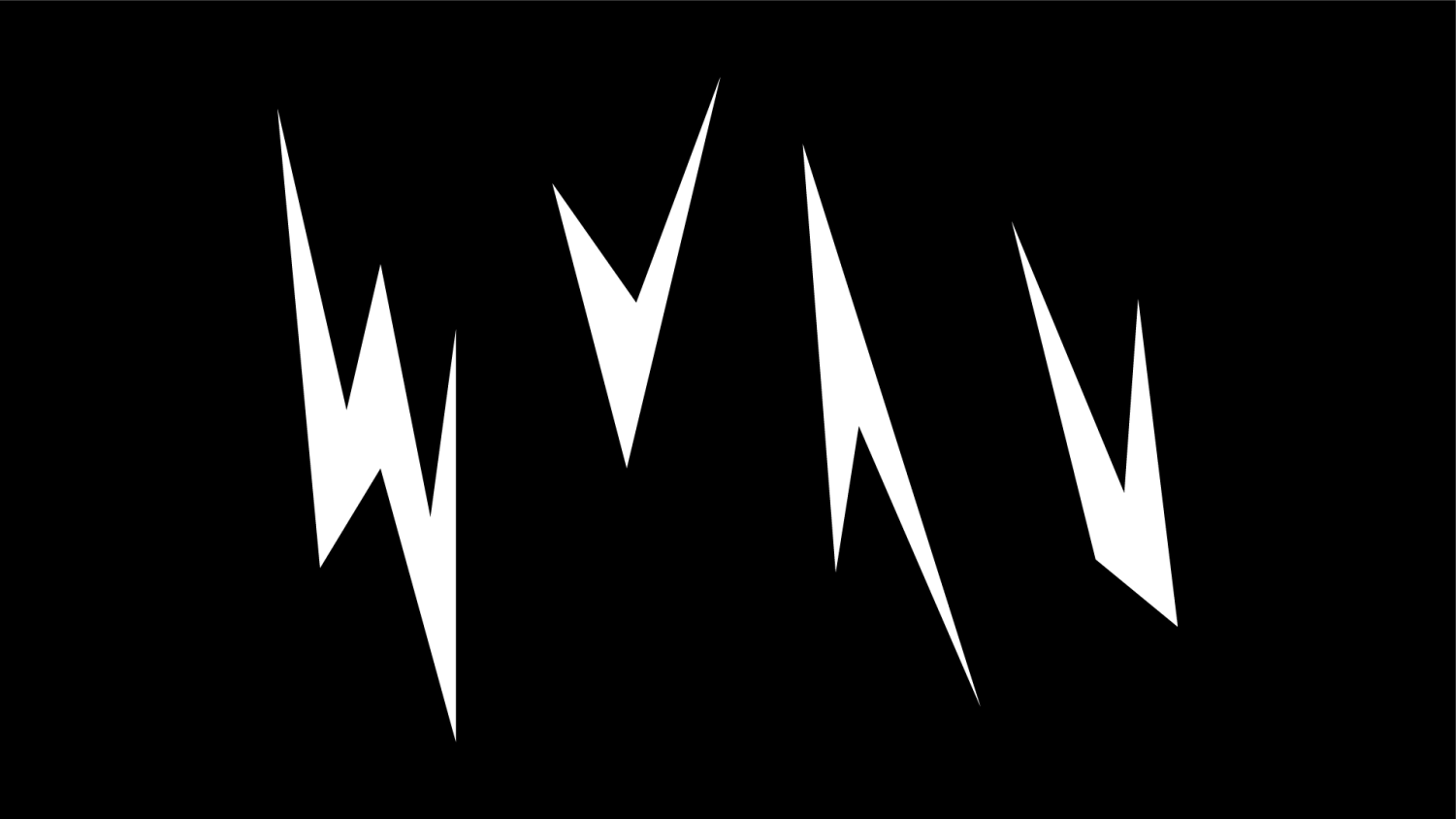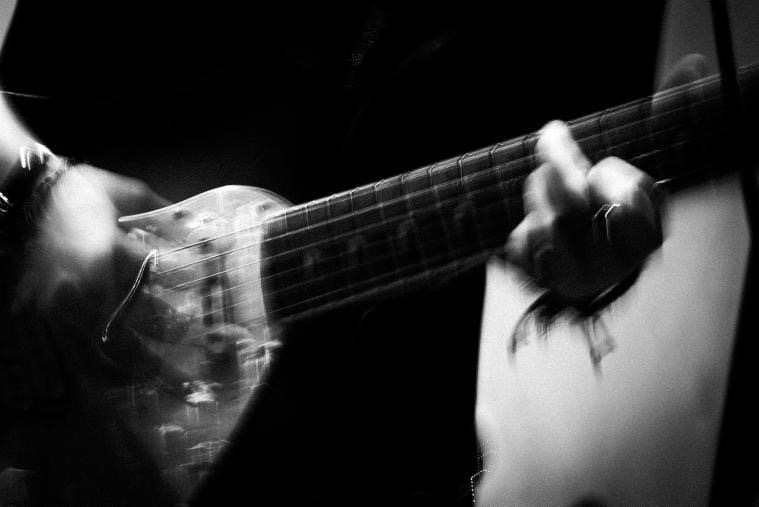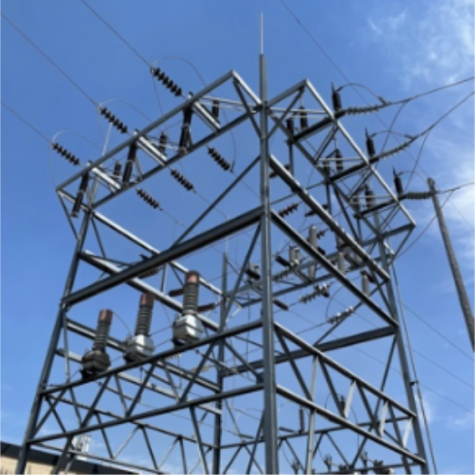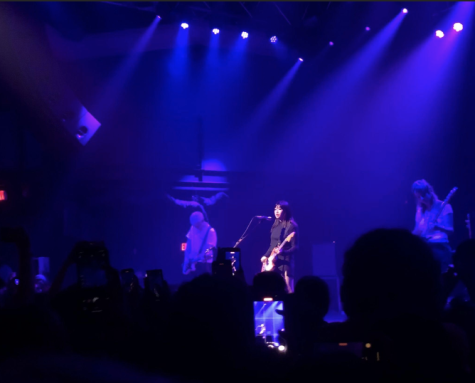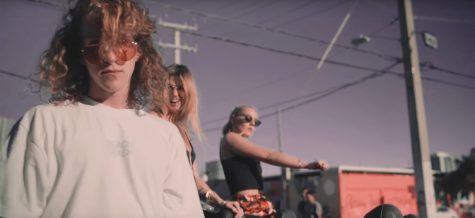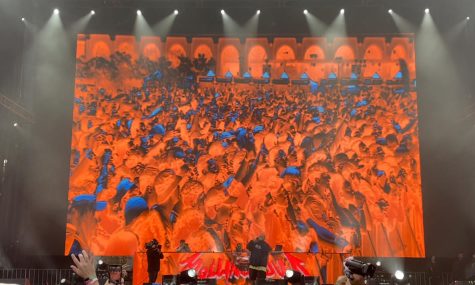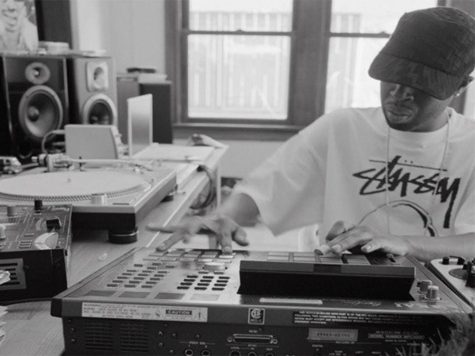Jazz Up Your Day: The Birth of Jazz Funk
October 22, 2013
 Music is constantly undergoing change. Rather than growing linearly, musical trends and styles are influenced by the events and news of the time period. Herbie Hancock, a famous jazz pianist and composer, undoubtedly demonstrates the relationship between music and culture as his own pieces. Hancock’s approach to composition changed dramatically in the transition from the 1960s to the 1970s. These changes, heavily influenced by the technological discoveries and social radicalism of the seventies, served as the foundation for the growth of a new sub-genre of jazz music: jazz funk.
Music is constantly undergoing change. Rather than growing linearly, musical trends and styles are influenced by the events and news of the time period. Herbie Hancock, a famous jazz pianist and composer, undoubtedly demonstrates the relationship between music and culture as his own pieces. Hancock’s approach to composition changed dramatically in the transition from the 1960s to the 1970s. These changes, heavily influenced by the technological discoveries and social radicalism of the seventies, served as the foundation for the growth of a new sub-genre of jazz music: jazz funk.
One of Hancock’s most notable pieces, “Cantaloupe Island,” is a quintessential, 1960s jazz standard. Hancock showcases the qualities of collective improvisation, uninterrupted by complicated melodies or distracting instrumentation. Steady, cymbal-tapping beats and repetitive piano riffs serve as the backdrop for the plain, yet bright trumpet and piano solos. These details ultimately characterize the type of live music found in popular jazz and music clubs of the time. Hancock’s earlier pieces, such as “Cantaloupe IslandÛ, were simple, but sophisticated and constant without being boring or dull.
As the 1960s came to a close, however, Hancock adopted the “live rebellious,” hippy mentality of the 1970s that questioned traditional standards and embraced music experimentation. He tested the elements of old jazz by incorporating the music synthesizer into his standards, contributing to the new sub-genre of jazz funk. His piece, “Chameleon,” demonstrates the slappy, buzzing sound of jazz funk, with the combination of unsteady drum and bass rhythms and the bluesy trumpet and saxophone melodies found in traditional jazz standards. The piece, a whole 15 minutes and 42 seconds, takes a psychedelic trip at the four-minute mark, where Hancock takes his solo part on the synthesized keyboard, introducing the new, distinctive electronic sound of 1970s jazz. Toward the end, the piece takes on an elevator-music type quality with its smooth keyboard lines and sprinkling of a swelling string-section, ending with the melody and arrangement of the beginning of the song.
Herbie Hancock paved the way for jazz funk to emerge as a popular, distinctive musical genre. Though the sub-genres of traditional jazz are endless, jazz funk is distinct, as it highlights the features of electronic instruments and represents the questioning of traditional norms that characterized American culture of the 1970s.
